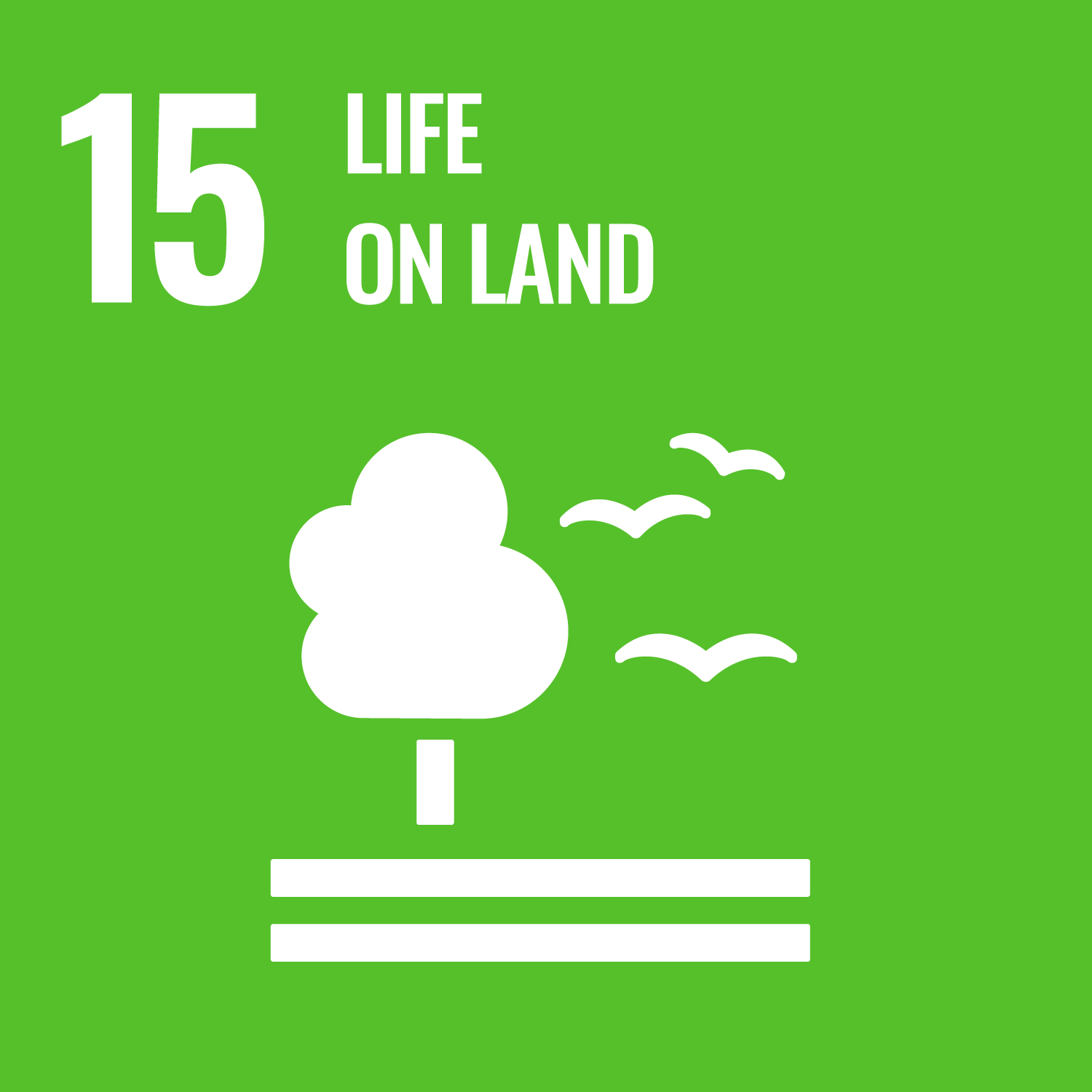Abstract
The forests of Amazonia are among the most biodiverse plant communities on Earth. Given the immediate threats posed by climate and land-use change, an improved understanding of how this extraordinary biodiversity is spatially organized is urgently required to develop effective conservation strategies. Most Amazonian tree species are extremely rare but a few are common across the region. Indeed, just 227 ‘hyperdominant’ species account for >50% of all individuals >10 cm diameter at 1.3 m in height. Yet, the degree to which the phenomenon of hyperdominance is sensitive to tree size, the extent to which the composition of dominant species changes with size class and how evolutionary history constrains tree hyperdominance, all remain unknown. Here, we use a large floristic dataset to show that, while hyperdominance is a universal phenomenon across forest strata, different species dominate the forest understory, midstory and canopy. We further find that, although species belonging to a range of phylogenetically dispersed lineages have become hyperdominant in small size classes, hyperdominants in large size classes are restricted to a few lineages. Our results demonstrate that it is essential to consider all forest strata to understand regional patterns of dominance and composition in Amazonia. More generally, through the lens of 654 hyperdominant species, we outline a tractable pathway for understanding the functioning of half of Amazonian forests across vertical strata and geographical locations.
DOI Link
Publication Date
2021-01-01
Publication Title
Nature Ecology & Evolution
Volume
5
Issue
6
Acceptance Date
2021-02-18
Deposit Date
2022-11-29
Embargo Period
2022-12-02
First Page
757
Last Page
767
Recommended Citation
Draper, F., Costa, F., Arellano, G., Phillips, O., Duque, A., Macía, M., ter, S., Asner, G., Berenguer, E., Schietti, J., Socolar, J., de, S., Dexter, K., Jørgensen, P., Tello, J., Magnusson, W., Baker, T., Castilho, C., Monteagudo-Mendoza, A., Fine, P., Ruokolainen, K., Coronado, E., Aymard, G., Dávila, N., Sáenz, M., Paredes, M., Engel, J., Fortunel, C., Paine, C., Goret, J., Dourdain, A., Petronelli, P., Allie, E., Andino, J., Brienen, R., Pérez, L., Manzatto, Â., Zambrana, N., Molino, J., Sabatier, D., Chave, J., Fauset, S., Villacorta, R., Réjou-Méchain, M., Berry, P., Melgaço, K., Feldpausch, T., Sandoval, E., Martinez, R., Mesones, I., Junqueira, A., Roucoux, K., de, T., Andrade, A., Camargo, J., del, A., Santana, F., Laurance, W., Laurance, S., Lovejoy, T., Comiskey, J., Galbraith, D., Kalamandeen, M., Aguilar, G., Arenas, J., Guerra, C., Flores, M., Llampazo, G., Montenegro, L., Gomez, R., Pansonato, M., Moscoso, V., Vleminckx, J., Barrantes, O., Duivenvoorden, J., de, S., Arroyo, L., Perdiz, R., Cravo, J., Marimon, B., & Junio, N. (2021) 'Amazon tree dominance across forest strata', Nature Ecology & Evolution, 5(6), pp. 757-767. Available at: 10.1038/s41559-021-01418-y


